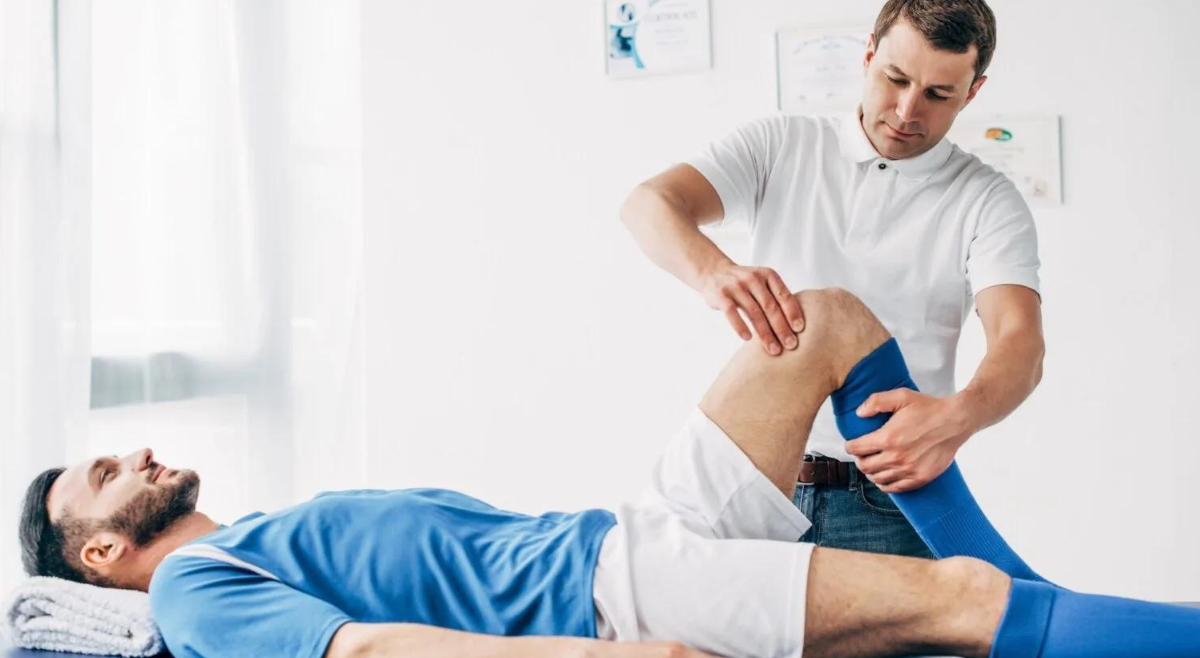Refining this Art of Workplace Design to Optimize Comfort and Performance in Workspaces
Refining this Art of Workplace Design to Optimize Comfort and Performance in Workspaces
Blog Article
Refining the principle of ergonomics is essential for designing professional environments that support physical well-being and operational efficiency. Workplace ergonomics is the science of engineering occupational settings, equipment, and tasks to fit the requirements of employees. By emphasizing how individuals utilize their surroundings, businesses can reduce discomfort and avoid repetitive stress disorders. An ergonomic workspace supports fluid movement and lessens strain, which can contribute to improved work satisfaction and engagement among employees.
One key element of human factors design is the arrangement of furniture and devices. Work surfaces should be at a level that permits workers to remain seated with their arms at a 90-degree angle while typing. Chairs should deliver proper lumbar stability for the lower back, supporting good posture. Additionally, monitors should be mounted at eye level to minimize cervical tension. By verifying that these factors are properly calibrated, workers can copyright a comfortable position throughout their workflows, decreasing fatigue and enhancing cognitive performance.
Another important factor in an ergonomic workspace is the use of appropriate tools and hardware. This includes typing hardware, mice, and other devices crafted to limit cumulative trauma disorders. For instance, using an orthopedic typing device can aid in relieve wrist pain caused by prolonged typing. Furthermore, adjustable chairs and height-adjustable workstations allow employees to alternate their position throughout the day, which can ease discomfort and boost physical endurance. Implementing high-quality ergonomic solutions can lead to healthier work habits and elevated productivity rates.
Visual conditions is also a core aspect in ergonomic design. Balanced lighting can reduce visual fatigue and enable workers to focus on their job functions. Sunlight is optimal, but if that is not available, using adjustable artificial lighting can aid providing a inviting atmosphere. It is necessary to avoid post injury rehabilitation harsh fluorescent lights that may induce headaches or fatigue. By providing ergonomic lighting, workspace planners can foster an environment look at more info that supports both visual ergonomics and output.
In closing, promoting scheduled breaks is imperative for maintaining an healthy workspace. Motivating workers to take short breaks can assist relieve physical tension and mental overload. During these breaks, users should be advised to stretch or walk around to stimulate circulation. Integrating scheduled break times can facilitate establish a routine that prioritizes human performance without compromising productivity. In summary, mastering ergonomics in the professional environment not only boosts comfort but also supports a more engaged work culture where employees can perform at their best.